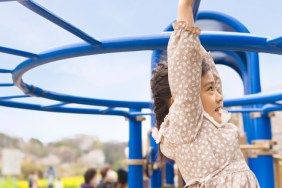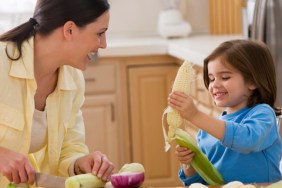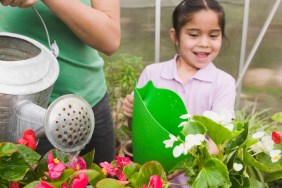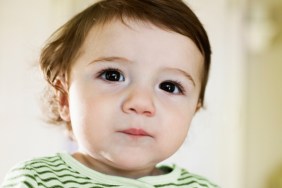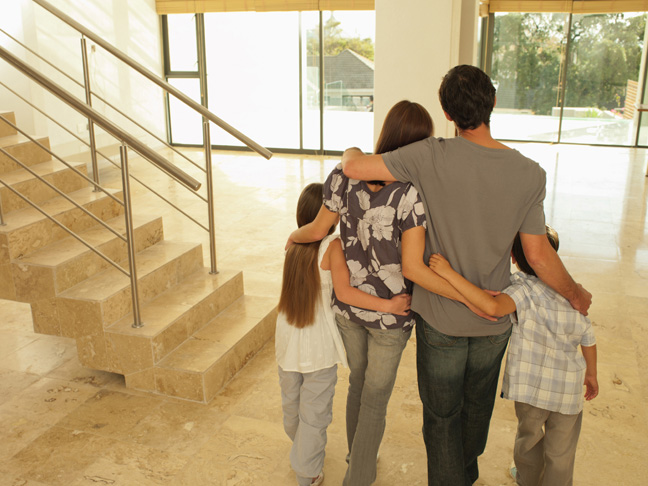
Buying a home is one of the biggest decisions a family can make in terms of lifestyle, schooling, and finances. It’s also a huge emotional journey and, once you have kids, you’re likely to look at any potential property with a different set of eyes before you calling it home. Does it have a yard for the kids to play in? Is the street quiet enough for bike riding and skateboarding? How many bedrooms are there and does the kitchen support family living?
At the top of the list of considerations for most parents is safety. When it comes to eyeing potential hazards, it helps to know what to look for beyond the obvious. Dangers can sometimes lurk in unpredictable places so it’s important to examine not just the property itself, but everything around it. I live a mile from a huge, wooded park and two coyotes recently migrated down from the park and moved into our backyard… not something we considered when we bought the home several years ago!
Remember, too, that children are little, so small cracks or holes that appear minor to grownups could be more dangerous for tiny bodies. Not only that, safety considerations shift as your children grow from toddlers to teens, so you need to assess how the home will serve your family now and down the road.
Here are 10 safety hazards to consider when shopping around. Watching out for these things will ultimately create a safer environment for you and your children.
1. Busy Streets. As adults, we often fall in love with a house based on looks, style, or location. If it’s on a busy residential street, you may notice traffic right away — but also keep in mind surrounding streets, major crossroads, and rush-hour driving patterns. At a certain age, kids are more prone to wandering and as I often tell my own children: “I trust you, but I don’t trust the cars.”
2. Dangerous Dogs. I’m an animal lover and grew up with dogs, but not all pets are contained or well-trained. Make note of nearby animals that could be a hazard in terms of bites or attacks. It’s not necessarily a reason to avoid buying a house, but it’s something to be aware of, especially if you have very young kids and very aggressive or uncontrolled dogs.
3. High Balconies and Decks. Balconies and second-story decks are a lovely way to enjoy summer nights and spectacular views, but they’re also a falling hazard for kids of all ages. The house I live in has two balconies that caused me more than a few gray hairs when we first moved in.
4. Unprotected Pools. Pools are part of the American dream and the idea of having one in your backyard is the ultimate luxury… but also a safety hazard for younger kids. Make sure there’s no way for them to gain unsupervised access. There are different types of security from fences and gates to high-tech sensors. Children can be remarkably good at “breaking and entering” so it’s worth it to make sure a pool is 100 percent kid-proof.
5. Unsafe Stairs. Stairwells inside and out should be well-lit and (ideally) have railings or grab-bars. Be sure to check spacing between railings in older homes. Anything built in the 1950s or earlier could have gaps of more than 6 inches which means an infant could crawl through them and fall. Today’s standard is 4 inches. American Family Insurance offers the following via the National Safety Council: “Slips, trips and falls are the most frequent household accidents leading to personal injury [accounting] for some 9 million emergency medical visits and nearly 6,000 deaths per year.”
6. Broken Sidewalks or Walkways. Pathways should be free from buckles, bulges, cracks or holes that could lead to falls or injuries. Even a height change as small as a quarter inch can cause a person to trip.
7. Outdoor Play Equipment. No doubt your kids will be thrilled at the idea of a backyard swing set or play structure — but you won’t want them anywhere nearby if it’s not secure. It should be anchored to the ground and checked out for loose parts, missing screws or bolts, rust or decay.
8. Doors and Windows. You never want your kid to go through a plate-glass window — my friend’s son did at age 9 and got more than 30 stitches! Sliding glass doors need details, knobs, bars, or some other visual marking so kids can determine when the door is closed. Windows should be locked and/or have window guards, particularly on upper floors. Don’t forget to check the garage door to determine whether it poses a hazard for kids — automatic openers must have an automatic safety stop in the event that a child gets stuck underneath a closing door.
9. High Fences. A high fence around the property means it’s easier to keep kids in and unwanted critters or strangers out. On the other hand, it’s best if your house can be seen from the street or by neighbors so anyone trying to break in will be more easily spotted. Iron gates can be a good compromise since they provide visibility and security.
10. Toxins. Toxins = Bad. Be sure a house (particularly one built before 1978) is free from toxins such as asbestos, lead paint, mold, carbon monoxide, and radon. Home inspectors may not look for everything so specify exactly what you want them to check.
American Family Insurance offers more detailed safety information for parents and home buyers on their website — from electrical and carbon monoxide to mold prevention and smoke alarms. They also provide a rundown of what to expect during a home inspection.
Arming yourself with as much information as possible can ensure you make the right — and safest — decision for your family. Check out American Family Insurance for checklists, suggestions, and more.
*This post is sponsored by American Family Insurance.
Photo: Getty





